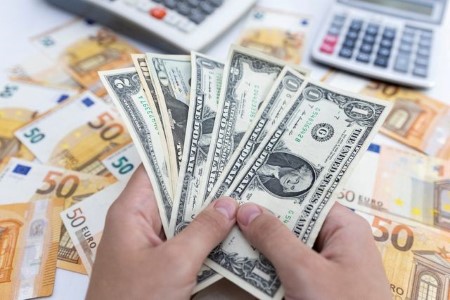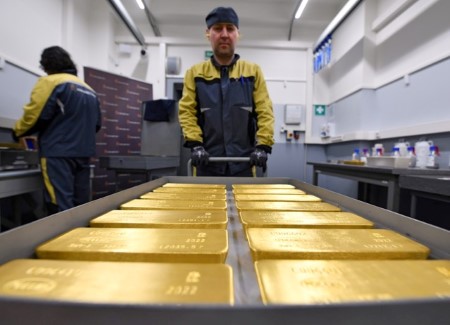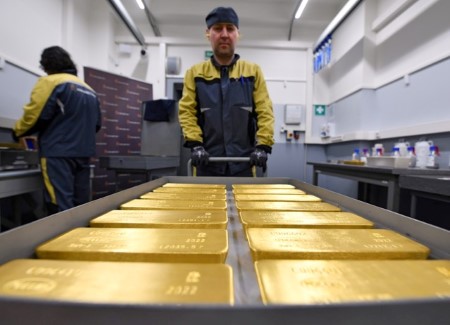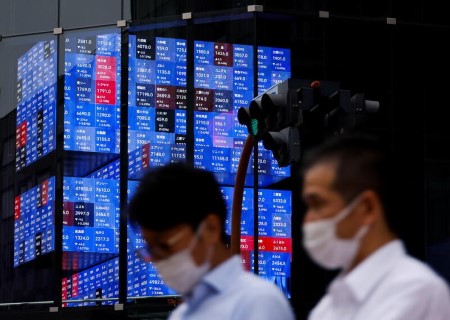June 28 (Reuters) – The dollar index rose on Tuesday as the euro was weighed down by no-limits comments about support for euro zone members if they were to face an unjustified surge in borrowing costs, while a sharp equities selloff also supported the safe-haven US currency.
A poor German consumer confidence report also highlighted the effects of the Ukraine war on Europe’s largest economy, while US data created few ripples.
ECB policymaker Pierre Wunsch said the ECB should offer limitless support without onerous conditions to euro zone members facing an unjustified surge in borrowing costs but should be careful in granting eligibility for this aid.
The dollar index rose 0.41% to 104.4, heading toward the end of Tuesday’s session just above its 10-day moving average at 104.33.
EUR/USD fell 0.5%, sliding from its NorAm open of 1.0578.
ECB President Christine Lagarde said the bank should act in a determined and sustained manner to deal with undesirably high inflation, but also in a gradual way due to uncertainties.
The gradual comment called into question the ECB’s resolve to go all-out to arrest inflation in the near-term.
USD/JPY rose 0.5%, moving back above its 10-DMA at 135.06 after several probes below it and tests of minor Fib support at 134.27. A close above the 10-DMA puts the 2022 high at 136.71 back in focus.
GBP/USD slipped 0.61% as bulls lost resolve to test recent highs above 1.23 amid mounting post-Brexit trade uncertainties with the euro zone and the BoE’s relatively dovish rate hike path.
Support comes at 1.2170, the 50% Fib of 1.1943-1.2405 and the June 22 low at 1.2163. A close below these levels would put the lower 30-day Bolli at 1.2057 and 2022 low at 1.1934 in focus.
Bitcoin reversed early NorAm gains, down 1.9% at USD 20.3k amid a dramatic late equity selloff. ETH fell 2.7% to USD 1,155 amid intensifying risk-off flows.
(Editing by Burton Frierson; Paul Spirgel and Christopher Romano are Reuters market analysts. The views expressed are his own.)






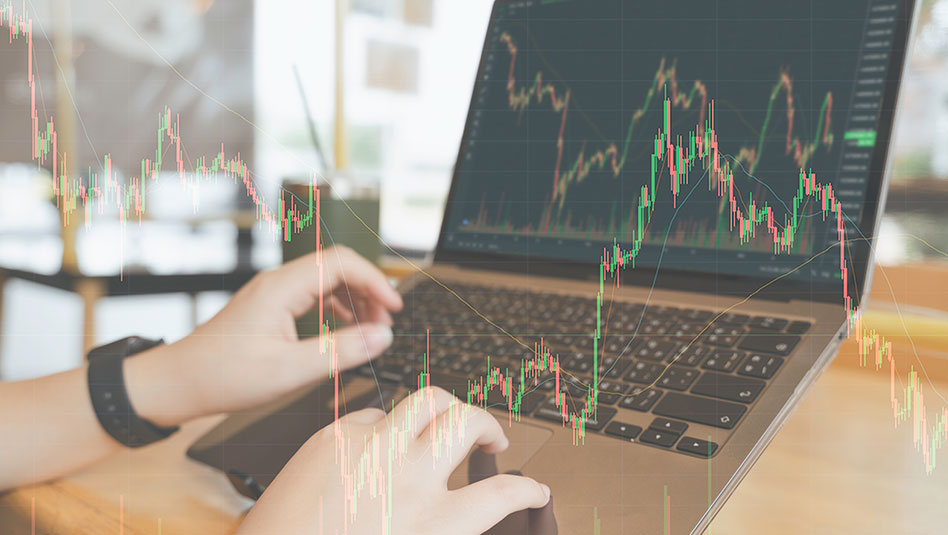
 DOWNLOAD
DOWNLOAD




